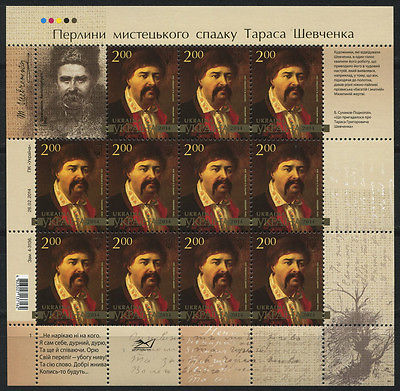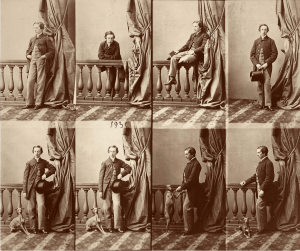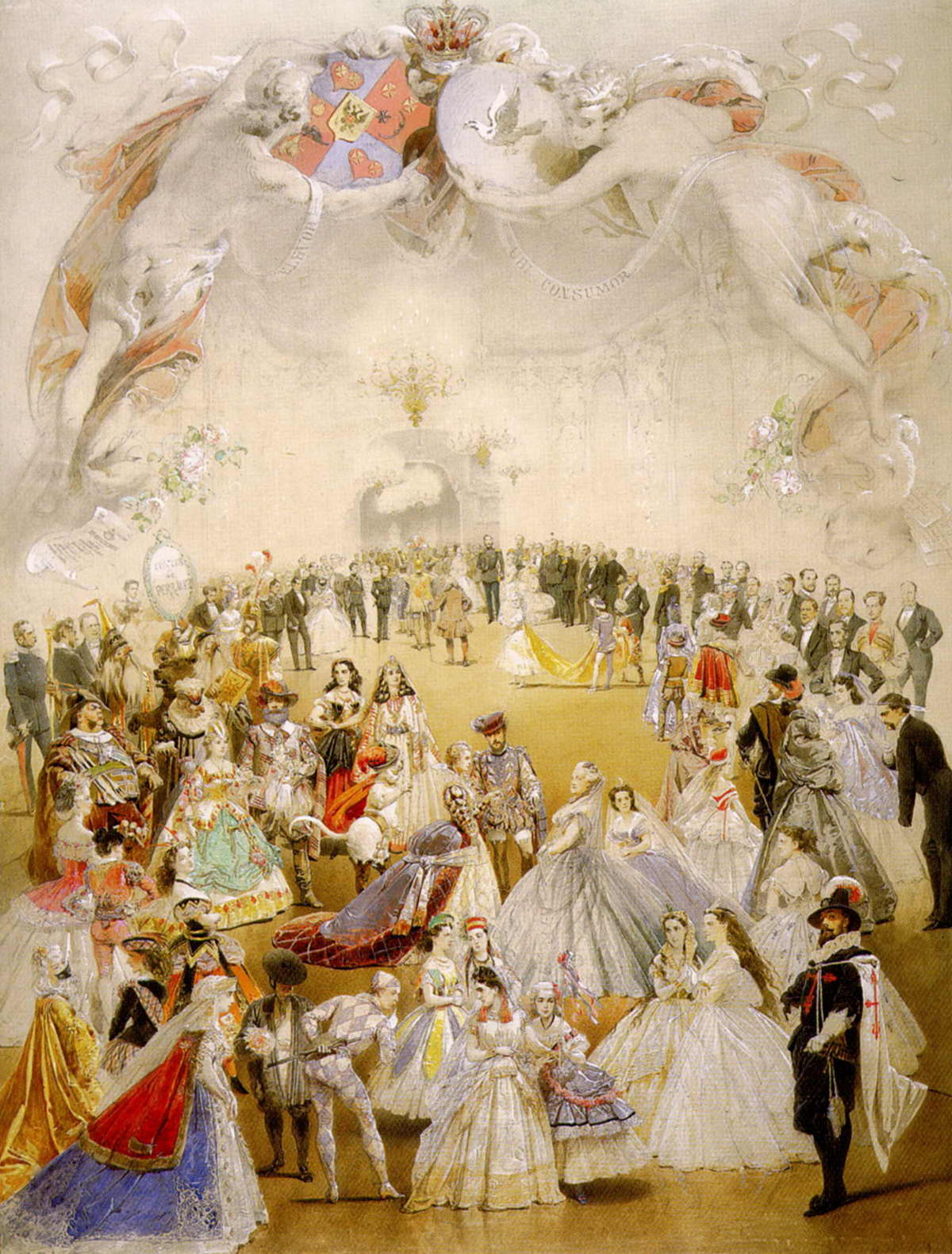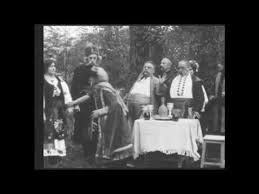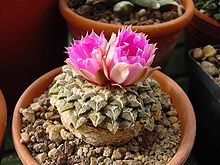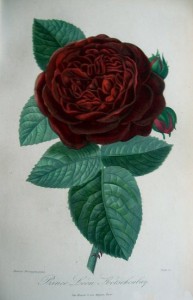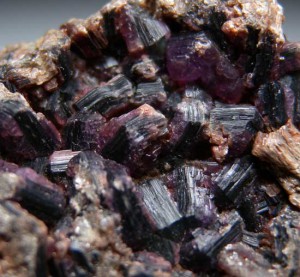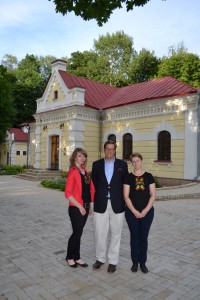
![]() In June 2015 on a beautiful summer evening, Alexander Kotchoubey visited the ancient Capital of the Cossack Hetmanate, Baturyn which is located in northern Ukraine and where the Kotchoubey’s made their first mark in history under the leadership of General Judge Vassyl Leontievitch. The visit, which was highlighted on the museum complex’s website (see: http://www.baturin-capital.gov.ua/news/711-vizit-oleksandra-kochubeya-do-baturina.html) was marked by the fact that it was the first visit by a Kotchoubey since 1918, the year that the mansion of Vassyl Leontievitch was confiscated by the Bolsheviks from its family guardian, Vassili Petrovitch Kotchoubey (-1940). The Kotchoubey mansion and to a lesser extent its grounds began a century long decline into ruin until it was restored over the past decade and brought to its former glory by the efforts of museum director Natalia Borisovna Rebrova and her great team with the support of Ukrainian government funds and private donations.
In June 2015 on a beautiful summer evening, Alexander Kotchoubey visited the ancient Capital of the Cossack Hetmanate, Baturyn which is located in northern Ukraine and where the Kotchoubey’s made their first mark in history under the leadership of General Judge Vassyl Leontievitch. The visit, which was highlighted on the museum complex’s website (see: http://www.baturin-capital.gov.ua/news/711-vizit-oleksandra-kochubeya-do-baturina.html) was marked by the fact that it was the first visit by a Kotchoubey since 1918, the year that the mansion of Vassyl Leontievitch was confiscated by the Bolsheviks from its family guardian, Vassili Petrovitch Kotchoubey (-1940). The Kotchoubey mansion and to a lesser extent its grounds began a century long decline into ruin until it was restored over the past decade and brought to its former glory by the efforts of museum director Natalia Borisovna Rebrova and her great team with the support of Ukrainian government funds and private donations.
Alexander also visited the restored palace of his great great grandfather, the last Hetman Kyrylo Rozumovskiy (Count Kirill Razoumovsky) and the Hetman’s restored tomb in a near by church which had been desecrated by the Bolsheviks but loving brought back to its former glory in the last decade.
The symbolic visit was a testament to the dedication of museum staff not only to research and restore the glorious history of ‘Malorussia’ but the importance of making the connections between these places and their history and the living descendants who have been dispersed across the world.

